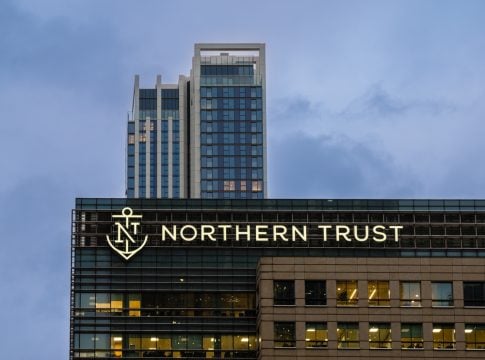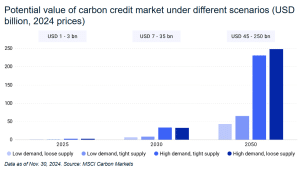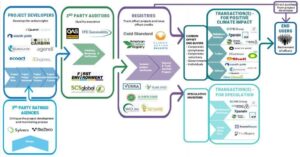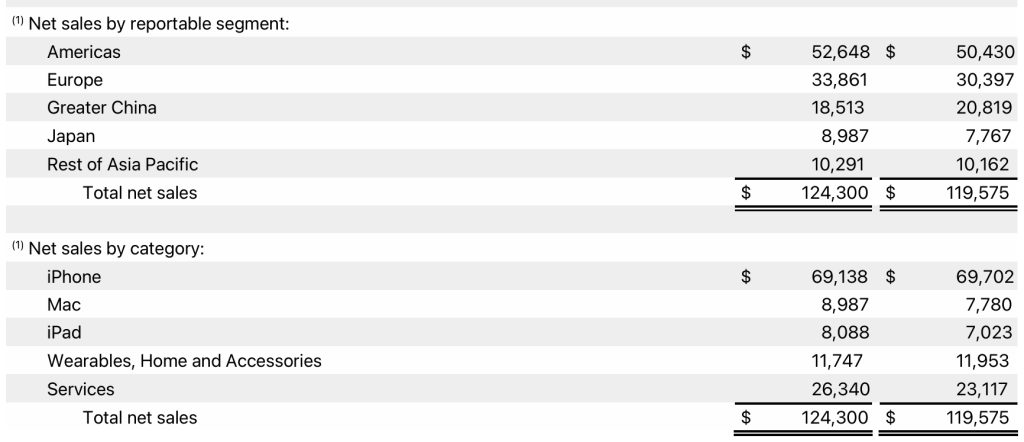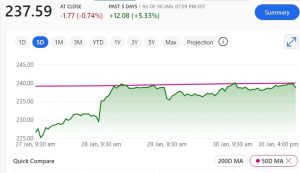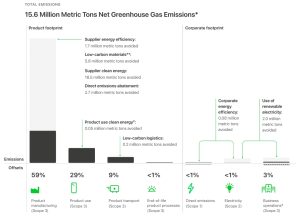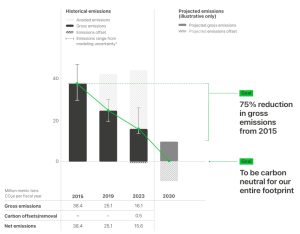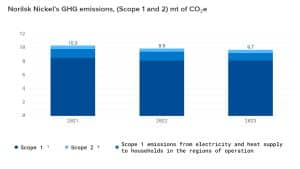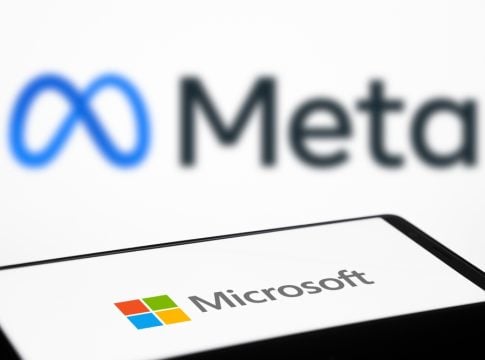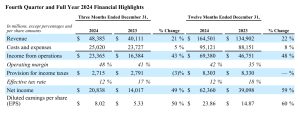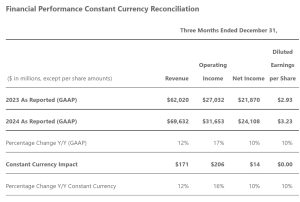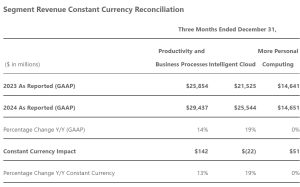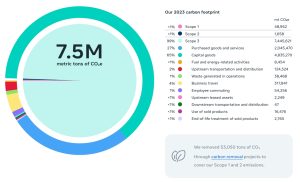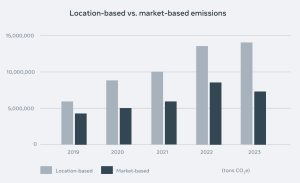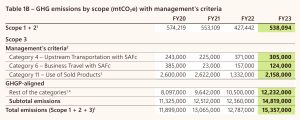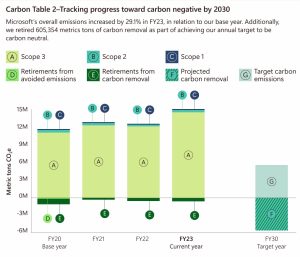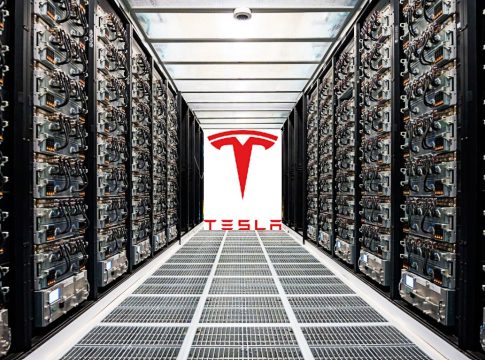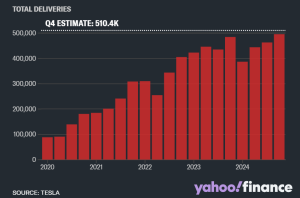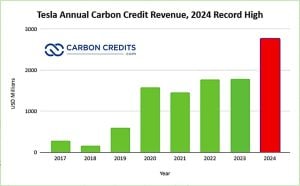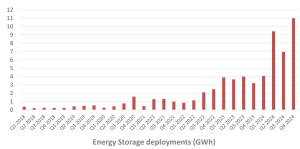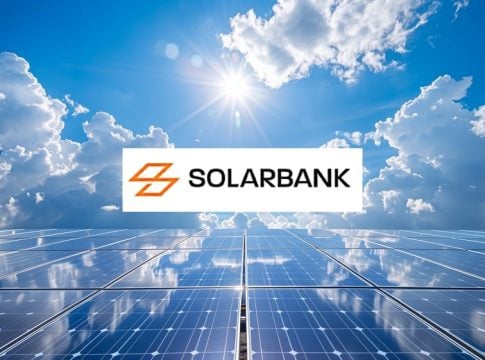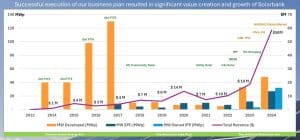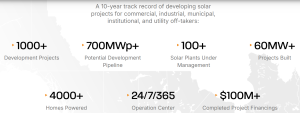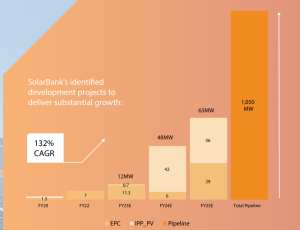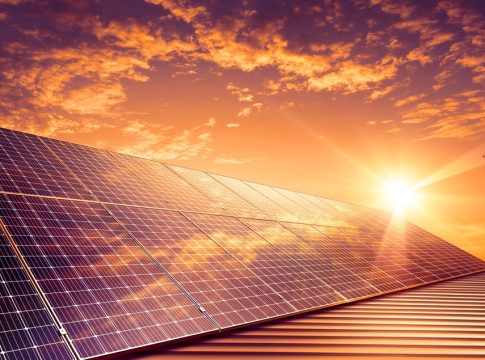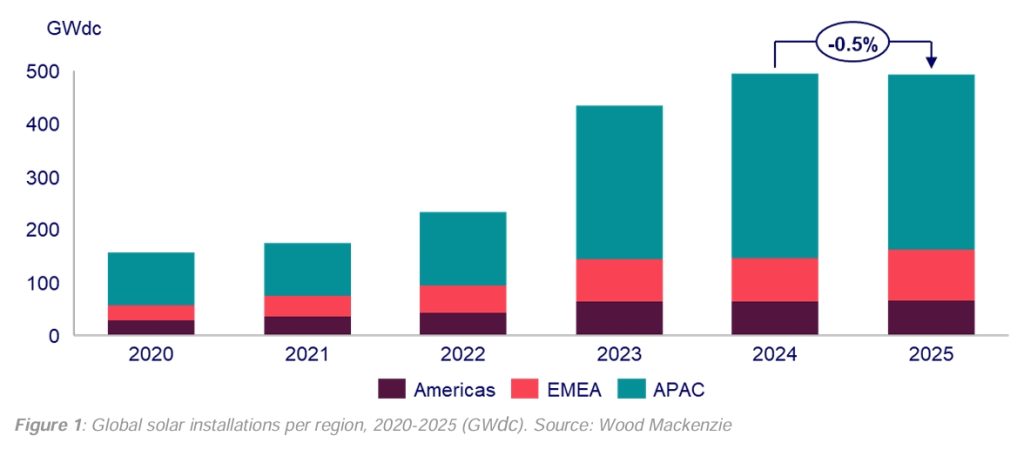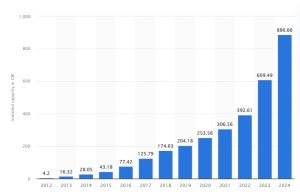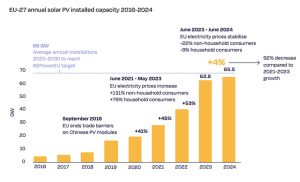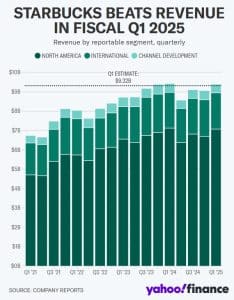Visa vs. Mastercard: Who’s Leading the Charge in Finance, Sustainability, and Net Zero?
Visa and Mastercard, processing billions of payment transactions yearly, reported strong financial growth in 2025, driven by rising payment volumes and cross-border transactions. However, their massive operations generate significant carbon emissions, pushing them to adopt sustainability and net zero strategies.
Strong Numbers, Stronger Strategy: Visa’s Q1 2025 Performance
Visa reported strong Q1 2025 results, with net revenue rising 10% year-over-year (YoY) to $9.5 billion. Net income also increased 5% to $5.1 billion, while GAAP earnings per share (EPS) grew 8% to $2.58 and non-GAAP EPS stood at $2.75. Visa’s board declared a quarterly cash dividend of $0.59 per share.
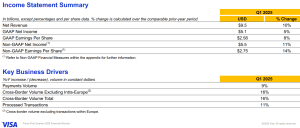
The company attributed its growth to strong consumer spending, a rise in payment volume, and an increase in cross-border transactions. CEO Ryan McInerney highlighted three major growth drivers:
- Consumer payments,
- New payment flows, and
- Value-added services.
These areas continue to expand as Visa strengthens its global network.
A key move during the quarter was Visa’s acquisition of Featurespace, an artificial intelligence-powered fraud protection firm. This acquisition aligns with Visa’s long-term goal of enhancing transaction security.
While Visa continues to grow, its expenses are also increasing, particularly in research and development. However, its strong revenue growth has helped maintain profitability and reinforce its position as a leader in the payments industry.
Mastering Growth: How Mastercard Outpaced Expectations
Mastercard posted strong 2024 results, with net revenue increasing 12% YoY to $28.2 billion, beating market expectations. Adjusted EPS grew 19% to $14.60, exceeding analyst estimates. Its adjusted operating margin improved slightly to 58.4%.
In Q4 2024, Mastercard’s gross dollar volume reached $2.6 trillion, up 12% YoY. Cross-border volumes, a key revenue driver, rose 20%, while switched transactions increased 11% to 42.2 billion. The company’s value-added services generated $3.1 billion in revenue, up 16%.
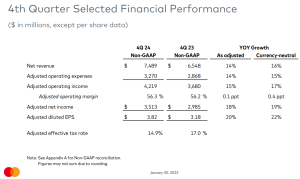
Mastercard’s value-added services and solutions business also played a critical role in its financial performance. Net revenue from these services reached $3.1 billion, a 16% YoY increase, driven by demand for security, digital authentication, and market insights.
Unlike Visa, Mastercard experienced a sharper increase in operating expenses, which climbed by 14% YoY to $3.3 billion. The rise was mainly due to higher general and administrative costs. However, adjusted operating income still grew by 15% YoY to $4.22 billion.
Both Visa and Mastercard reported strong financial growth, but Mastercard outpaced Visa in revenue, EPS growth, and transaction volume. Visa focused on operational efficiency and security investments, while Mastercard’s cross-border transactions and value-added services drove its growth.
A Green Rivalry: Who’s Leading the Sustainability and Net Zero Race?
Despite rising expenses, both companies remain leaders in the global payments industry. However, their massive operations with billions of transactions processed annually generate carbon emissions, prompting them to reduce their environmental footprint. While they share common goals, their sustainability and net zero approaches differ.
Swiping Towards Sustainability: Visa’s Carbon Goals and Green Investments
Visa aims to reach net-zero emissions by 2040, aligning with the Paris Agreement’s 1.5°C pathway. It has been carbon neutral in its operations since 2020, achieving this by reducing direct greenhouse gas (GHG) emissions and purchasing carbon offsets. The company sources 100% renewable electricity for its offices and data centers, significantly cutting GHG emissions.
Visa has made notable strides in reducing its operational emissions, particularly in Scope 1 and 2 emissions, which saw a downward trend from 2009 to 2022. However, in 2023, Scope 1 and 2 emissions increased from 6,400 to 10,600 metric tons of CO2 equivalent, primarily due to a slight uptick in Scope 2 emissions, rising from zero in 2022 to 300 metric tons.
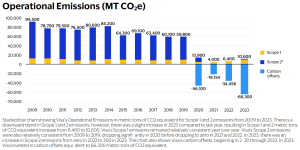
Despite this, Visa continues to offset its emissions significantly toward net zero. The payment processor has invested in carbon offsets equivalent to 66,300 metric tons of CO2 in 2023.
In terms of Scope 3 emissions, Visa experienced a slight rise in 2023, reaching 409,500 metric tons of CO2 equivalent. This is driven mainly by increases in employee commuting and business travel, while emissions from purchased goods and services saw a small decrease.
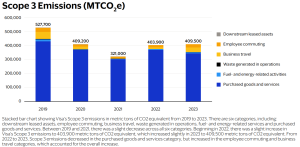
Carbon Offsets, Green Finance, and Climate Tech Solutions
Visa invests in renewable energy projects and high-quality carbon offset programs. The company supports global reforestation initiatives and clean energy transition projects.
In 2023, Visa’s environmental investments helped mitigate the equivalent of 400,000 metric tons of CO2 emissions.
The payment processor’s sustainability efforts extend to financial products. Visa has partnered with fintech firms to introduce carbon footprint tracking tools for consumers.
Through the Visa Eco Benefits program, banks can offer sustainability-focused rewards and carbon offset options. Additionally, Visa has worked with financial institutions to issue over 20 million eco-friendly payment cards made from recycled materials or biodegradable alternatives.
Furthermore, Visa is integrating sustainability into mobility and payment solutions. The company supports contactless payments for public transit to reduce reliance on cash and has collaborated with EV charging networks to streamline payments.
The company is also investing in climate-focused fintech startups that develop solutions for carbon tracking and sustainable finance. However, compared to its competitor, its indirect emissions strategy is less aggressive.
Priceless Progress: Mastercard’s Commitment to a Net-Zero Future
Mastercard has been carbon neutral in its operations since 2021 and aims to reach net-zero emissions by 2040. Like Visa, it sources 100% renewable electricity for its offices and data centers.
Mastercard has made significant progress in reducing its GHG emissions as part of its commitment to environmental sustainability. In 2023, the company achieved a 1% reduction in total emissions, totaling 557,545 metric tons of CO2 equivalent across Scope 1, 2, and 3.
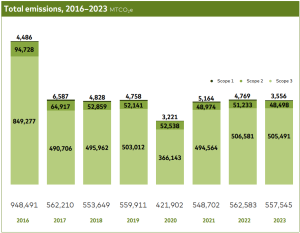
Notably, its Scope 1 and 2 emissions, which account for 9% of total GHG emissions, decreased by 7%, producing 52,054 metric tons of CO2 equivalent. These emissions have declined significantly, 48%, from its 2016 baseline.
For Scope 3 emissions, which make up 78% of the company’s total emissions, Mastercard saw a 3% reduction in its supply chain emissions in 2023, totaling 437,588 metric tons of CO2 equivalent.
The payment processor remains on track to meet its 2025 targets of reducing Scope 1 and 2 emissions by 38% and Scope 3 emissions by 20% compared to 2016 levels.
Mastercard‘s Scope 3 emissions came from indirect sources, primarily from its financial partners and supply chain. To address this, the company has integrated sustainability criteria into its vendor selection process and encourages its banking partners to reduce their own carbon footprints.
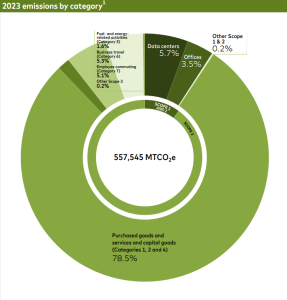
Mastercard’s Green Finance and Reforestation Efforts
Mastercard takes a different approach to carbon offsets and net zero from Visa. The company launched the Priceless Planet Coalition, a global reforestation initiative aiming to restore 100 million trees by 2025.
Through this initiative, Mastercard has already funded the planting of 60 million trees across 20 countries, aiming to remove approximately 10 million metric tons of CO2 from the atmosphere by 2030.
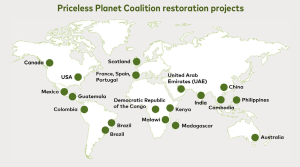
Mastercard has also taken the lead in sustainable financial tools. The Mastercard Carbon Calculator, developed with Doconomy, allows consumers to track the carbon footprint of their purchases directly within their banking apps. Over 50 banks worldwide have integrated this tool, helping millions of users make informed spending decisions.
Additionally, Mastercard has expanded its ESG-linked financial products, including green bonds and sustainability-focused credit cards. In 2023, the company supported the issuance of $500 million in ESG-linked financial products, reinforcing its commitment to sustainable finance.
Mastercard is also investing in climate technology and EV infrastructure. It has partnered with global EV charging networks to streamline payment processes and promote wider EV adoption. The company is also funding fintech startups that focus on climate risk management and sustainable investment platforms.
Visa vs. Mastercard: Who Leads in Sustainability?
Both Visa and Mastercard are making significant strides in financials and net zero. They both have achieved carbon neutrality in their operations, but Mastercard appears to have a more comprehensive and aggressive approach.
By integrating sustainability into financial products, investing in large-scale reforestation, and actively reducing indirect emissions, Mastercard sets a higher standard in climate action. Visa, on the other hand, excels in operational efficiency and renewable energy adoption but may need to expand its influence over its financial network to achieve a more substantial impact.
The post Visa vs. Mastercard: Who’s Leading the Charge in Finance, Sustainability, and Net Zero? appeared first on Carbon Credits.


